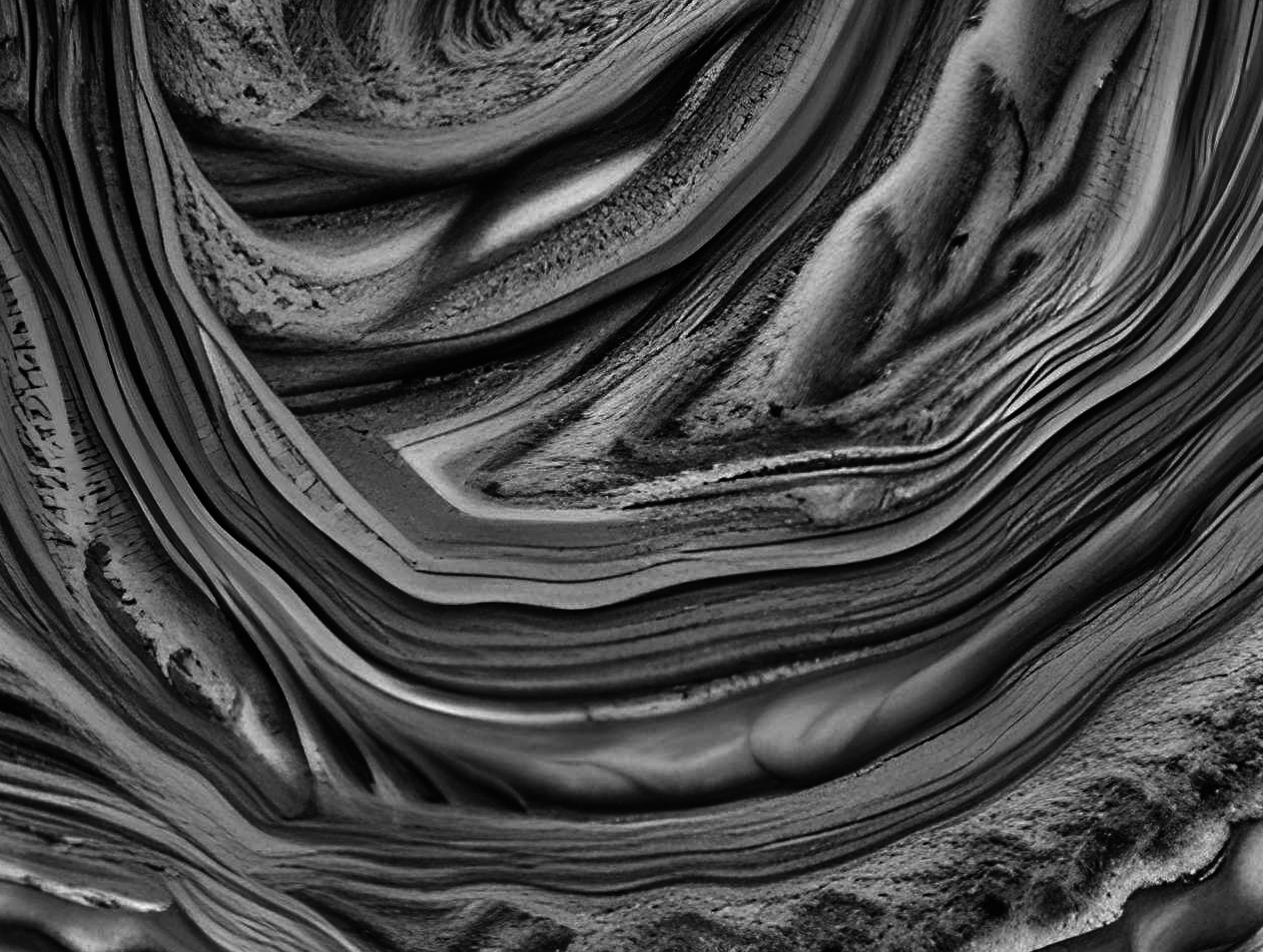We live in a world that can no longer be read as a two-dimensional map, but must be understood as a series of vertical layers that go from the satellites that surround our planet to the tunnels that are in the deepest part of the earth.
Graham, S. (2016)
Towards a meta-natural realism
Inhabiting a world in constant oscillation, surrounded by natural phenomena, tectonic changes, drastic fluctuations in pressure, temperature, humidity, periodic alterations by gravitational attraction forces, but also, inhabiting a world constantly mutated by the impact of human activity, extraction of raw materials, seascapes soaked in burning oil, floating plastic islands and an exponential increase of portable wireless interconnected devices. Wandering through our (in)ability to understand the world we inhabit and of which we are part, being the reality that surrounds us increasingly complex, while consuming feeds of reality through digital environments which overflows us with information and counter information in a post-truth era.
The nature that we imagine, that we think we feel or idolize, is a distorted version of the real, transformed by complex cognitive and perceptual processes, which makes us lose a deeper and perhaps a more satisfying form of realism. To reach a deeper realism requires moving away from what we call nature, in order to perceive it towards the real, where through its expression, it evokes a supernatural state, opposed to the natural or in a state beyond it.
How to transcribe the surroundings at different levels or how the geography of inequality, politics and identity is determined in terms of up and down and advocating reciprocal universals? As Merleau-Ponty wrote, oblique universals or those that do not fall from above, that they are constructed by relations of laterality, of horizontality.
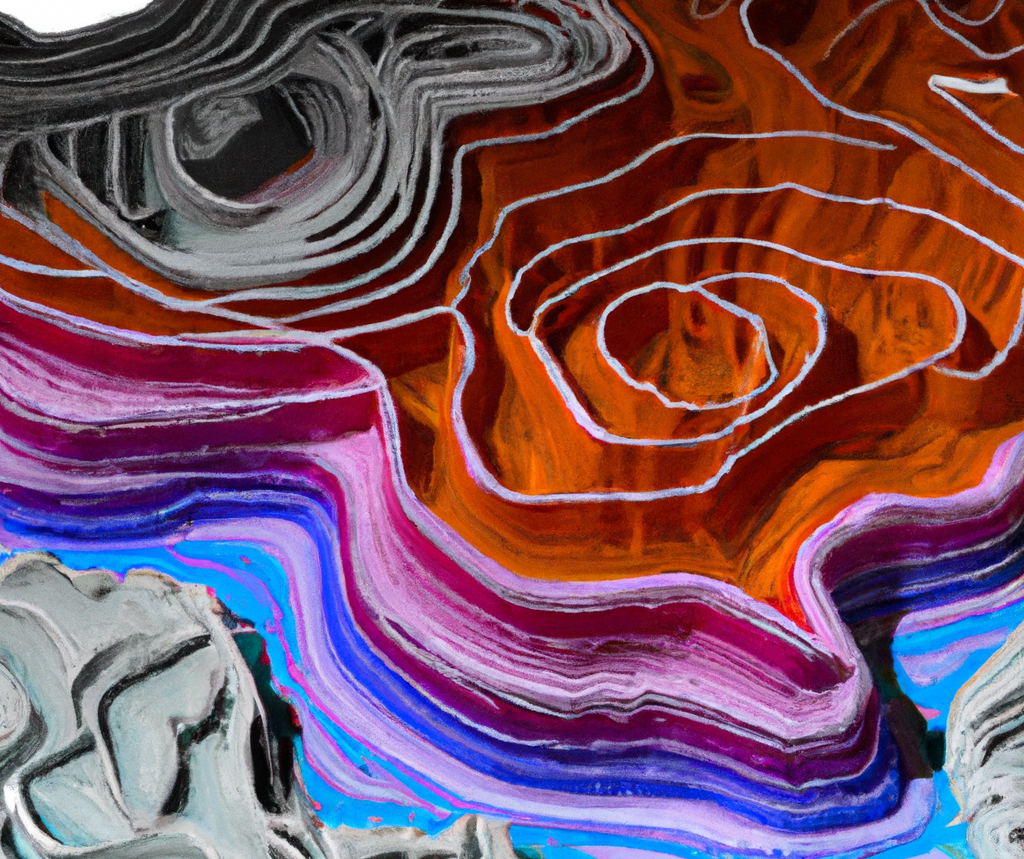
Nature is not natural and can never be naturalized.
Harman (2005)
Sensing invisible media
Surveillance, being often understood as an action initiated by a proprietor is associated to an oversight of control of an area or of what it contains, through a man or machine network which relates to a voyeur not participating in the activity; while its etymology derives from the French prefix sous- meaning ‘over, on top of, from above’, and veilance or ‘watching, observing or sensing’, occurs a more recent phenomenon known as sousveillance, ‘to watch from below’, a rhizomic- veillance of social networking, cloud-based systems and body-worn technologies1 by a participant in the activity. This detail twists on a reciprocal confronted situation, as can’t be understood only in the context of technology, but on a more complex human-social-&-political relationship. The persistence of doubling computing power every two years for the last four decades and recent advancements in wearable computing and wireless technology, has made sousveillance become a significant topic, but in contrast to the extensive conceptual and mathematical frameworks developed around sur- and sousveillance, emerging new understandings to interpret on how the many veillances interact. Metaveillance was coined as a reaction to metasensing studies or the research on the sensing of sensors and the sensing of their capacity to sense. While veillance can occur in a variety of sensory modalities a creation of an archive of anthropogenic sounds focus especially on invisible man-made technologies to sense the other, taking the edge of the Earth’s atmosphere and descending through its layers to explore the environment from a vertical axis, going through and unveiling the different power structures that separate the diverse horizon lines.
1 As described in “An Information-Bearing Extramissive Formulation of Sensing, to Measure Surveillance and Sousveillance“ by Ryan Janzen and Steve Mann from the Department of Electrical and Computer Engineering, University of Toronto.
“I have heard articulate speech by sunlight! I have heard a ray of the sun laugh and cough and sing! (…) I have been able to hear a shadow and I have even perceived by ear the passage of a cloud across the sun’s disk.”
1890. Alexander Bell, letter to his father.
Acts of écouteur as a method of listening-based research.
How to explore new- sustainable mechanisms of sensing and inhabiting the environment through ecoacoustics 2 and the analysis of the hertzian sphere?
How collective arts and sciences research through experimental methods can upgrade the actual state of accumulating observational evidence into deforestation and global climate change?
These two questions resonates into the research of the origins of the observable universe, the technological advances on satellite tracking and computer vision has helped the researchers on numerous deforestation studies, on local and remote areas, helps to locate fires and logging as they happen and allows studying, identify and trace the evolution of the repopulation of the various species. The problem which arises on pattern recognition of satellite images, is that it’s not possible to see the numerous spices or trace the defaunation process that happens on forests or other ecosystems. Acoustic signals are a vehicle for exchanging information between anthropogenic and environmental sounds, embedding a significant level of data related to the ecology of populations, communities and landscapes. The ecoacoustic mechanisms is an increasing tool used to monitor and research into animal behavior and environmental sounds to suggest new, non-invasive, non-toxic control interventions and detection strategies, by the use of modern techniques as machine learning, artificial intelligence, sound pattern recognition and rapid prototyping for development and customization of open design hardware and software community tools. By a close collaboration between scientists, designers and artists we can address particular conservation and environmental monitoring challenges and achieve a significant impact by confronting the right problems and using the right tools and technologies. Through this path we can explore creative approaches to co-creating aesthetic strategies and public awareness of real world conservation challenges based on the theoretical and practical challenges proposed under the scientific bioacoustic3 and ecoacoustic research and different outcomes that can be expected from an artist perspective of an ecological and critical use of sound as material.
Through the proliferation of ecoacoustics and locative audio we are able to interrelate the interior and exterior, an axis capable of detecting, amplifying and studying a wide range of oscillations of natural and human-made origin, beyond our perceptible spectrum by our senses. The rendered matrix that can be obtained, presents specific spatial coordinates using sound as a material capable of sculpting the perceptual space and blending a social and bodily personal sense of a space. Through microphone arrays, custom algorithms, machine learning and self-design systems which combines multiple sensors and antennas, a translation of different wavelengths can be obtained, distant from those perceived by our senses, mechanical and electromagnetic oscillations of nature -tectonics, phreatic water, cosmic rays, natural radio, etc.- in conversation to those anthropogenic sounds -GPS, GSM, WIFI, BT, Radar, etc.- as indicators of the abrupt transition in which we are immersed at the exact moment of the reading.
2 The consideration of environmental sounds for ecological investigations opens up a field of research that is defined with the term ecoacoustics.
3 Scientific study of the recording and analysis of animal communication and related behavior, ontogeny, taxonomy and systematics.
If liberalism translated progress in terms of economic growth and social promotion of individuals. Progress thus became prosperity and today, prosperity -already insurmountable- has become our threat. In a moment where these young networked ecologies are already complex to understand and where more than half of the population lives in urban centers, through the combination of scientific and arts based research methodologies with a critical approach to sound and art we are able to draw a vertical line from the ionosphere to a nanometric landscape into our contemporary cities, to critically explore the sense of place and addressing the imminent social, economic and cultural impact of environmental crisis.
“Success means visibility and visibility means success.
This ‘regime’ also governs all forms of cultural production, ‘high’ as well as ‘low’.“
Camiel van Winkel (2005)
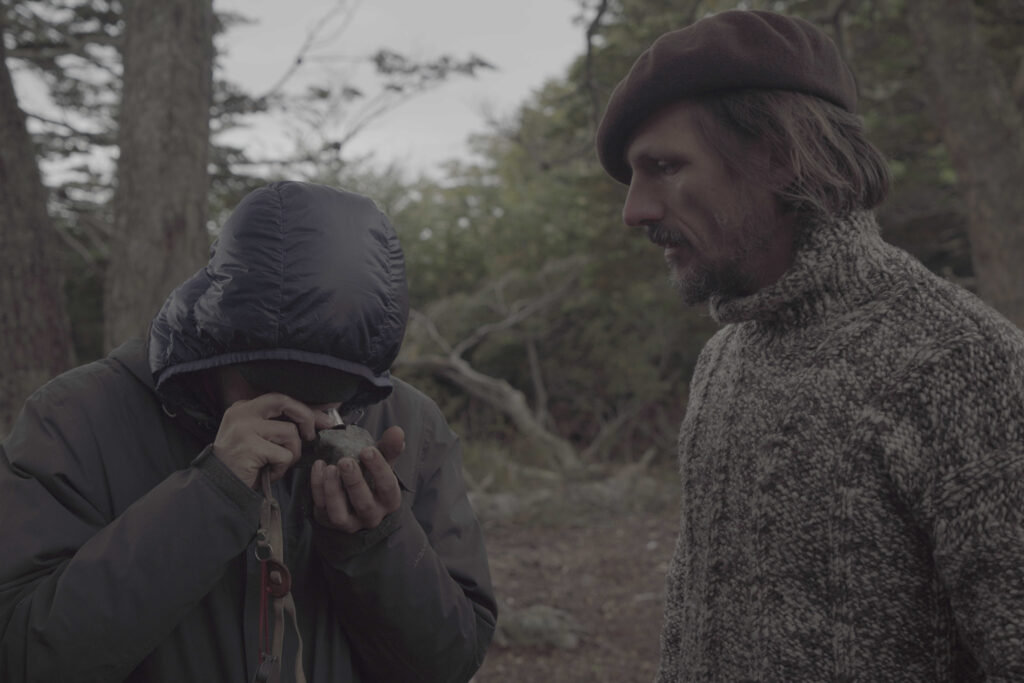
IGNOTA LOGGER
A toolkit and methodology to listen and observe invisible traces
Environmental Data Logger for Terra Ignota research group
The concept behind the Ignota Logger, as the name implies, is an instrument that stores data specially designed for the Terra Ignota project. The concept came up after listening to the archaeological team discussing their techniques and methodologies of observing the paths and traces while on terrain research activities. It was important to design an open source hardware tool to measure, record and analyze data in real time, through a portable device with measures in correlation to disturbances on the geological level according to human settlements. This led me to start to sketch a soil sensor to measure levels of nitrogen, phosphorus, potassium, which its related to the fertility of the soil, this was extended with extra sensors to measure electro-conductivity -amount and type of soluble salts in soil moisture-, Ph levels and get the acidity or alkalinity of the soil and detect the disturbances on site and being able to identify the settlements through the altered values measured according to the dumpster and shells. This original design was expanded to measure external variables in parallel like the atmospheric temperature, humidity, barometric pressure, altimeter, VOC gases, ultraviolet (UVA) light sensor, infrared, full light spectrum and a 6-axis Motion tracking device (3-axis Gyroscope, 3-axis Accelerometer).
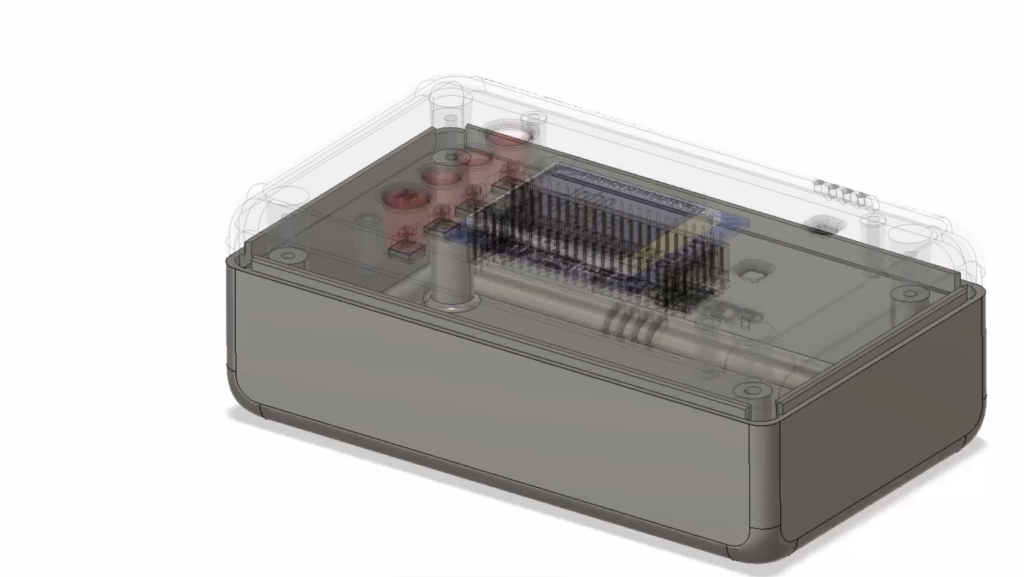
Specifications
- 4x I2C embeded sensors
- 2x I2S Microphone mems embeded
- 1x MODBUS NPK soil sensor (Half duplex) with external probe
- 1x Wire Temperature with external probe
- Internal precision Real Time Clock and 3v3 battery
- Micro SD for data logging
- TFT 1.8 SPI Screen for real time display
- 4x Button interface
- 4x RGB LED
- 24v Boost converter
- 5v external USB Charge
- 2x 18650 Lithium battery at 3,7v – 3500 mAh each battery
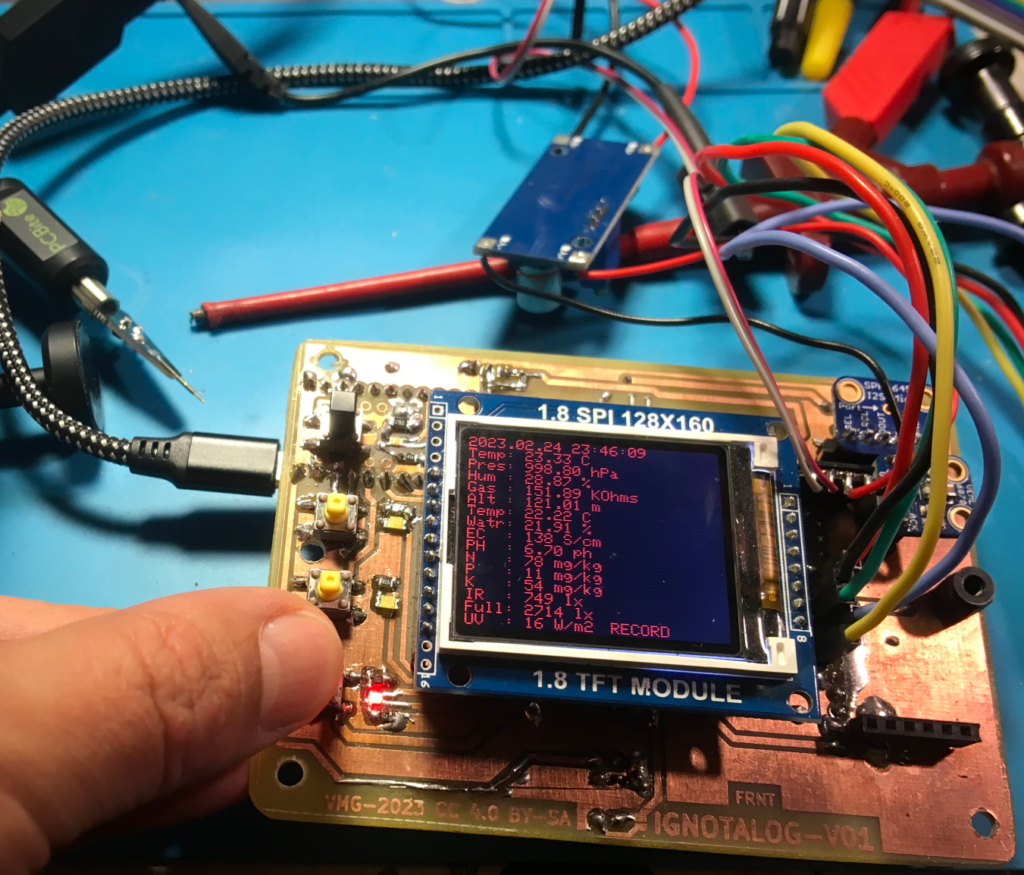
A site reading lists as follows:
| YYYY/MM/DD | HH:MM:SS:MS | CAL/REC |
| T Ext | 27,33 | ºC |
| Pres | 998,80 | hPa |
| Hum | 28,87 | % |
| Gas | 151,09 | KOhms |
| Alt | 121,22 | m |
| N | 222 | mg/kg |
| P | 048 | mg/kg |
| K | 111 | mg/kg |
| EC | 142 | us/cm |
| H20 | 042 | % |
| PH | 5 | PH |
| T Prob | 28,5 | ºC |
| UV | 12 | w/m2 |
| IR | 220 | lx |
| Full | 930 | lx |
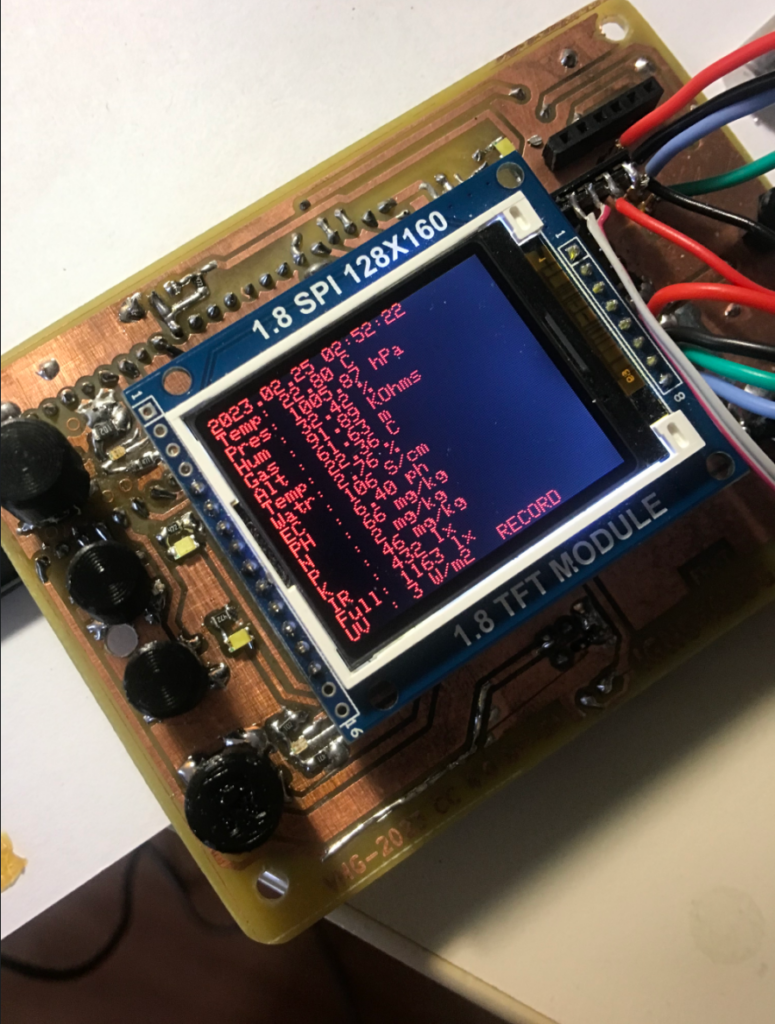
The whole concept was produced in Studio Satellite of Leipzig with the help of open source rapid prototyping tools and FLOSS software.
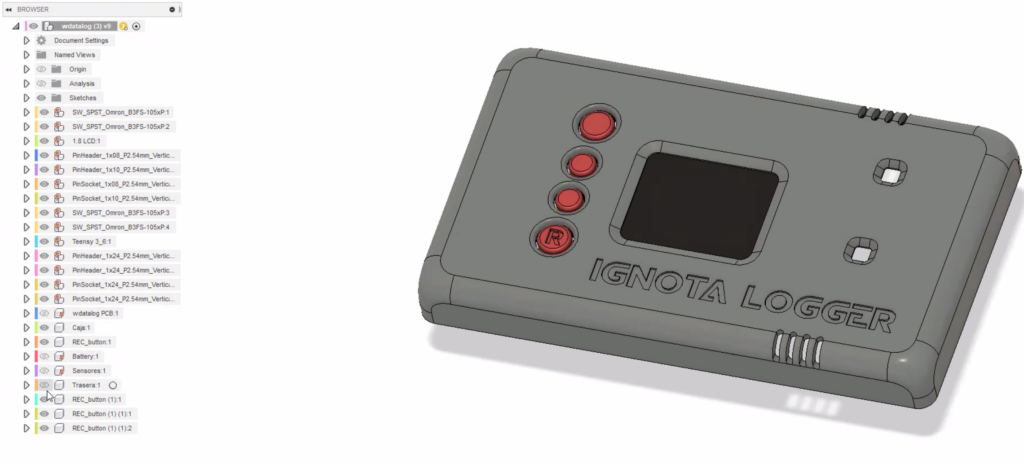
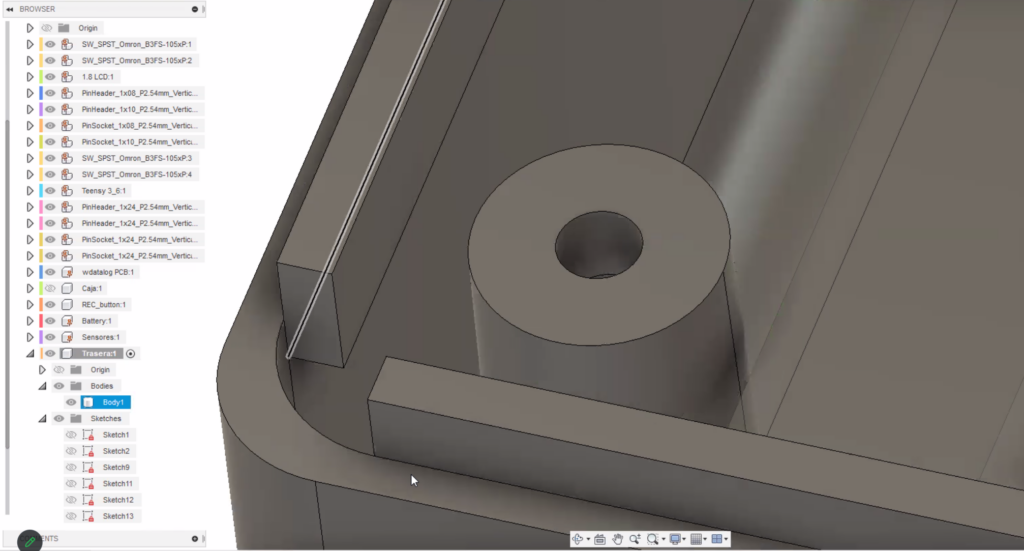
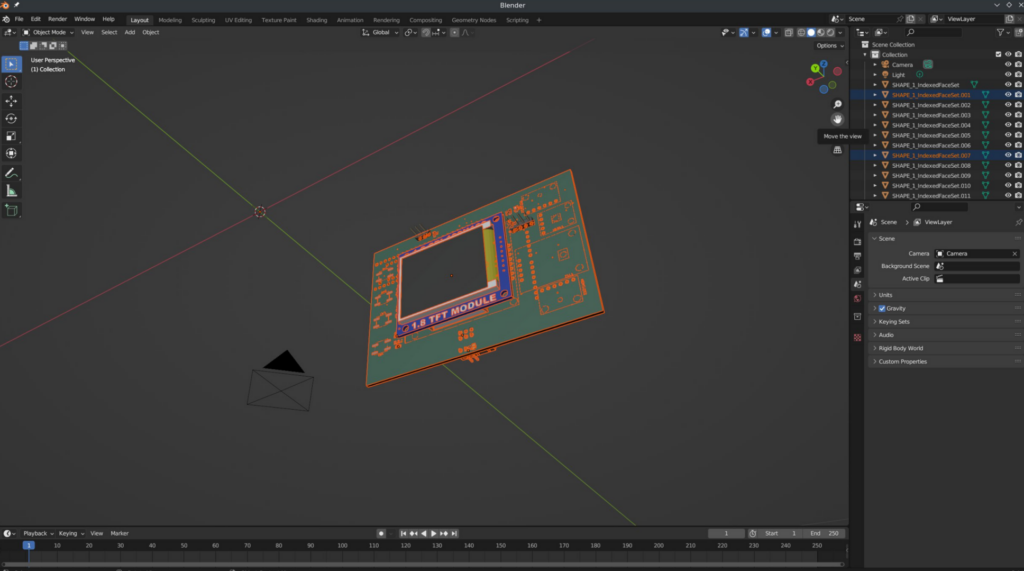
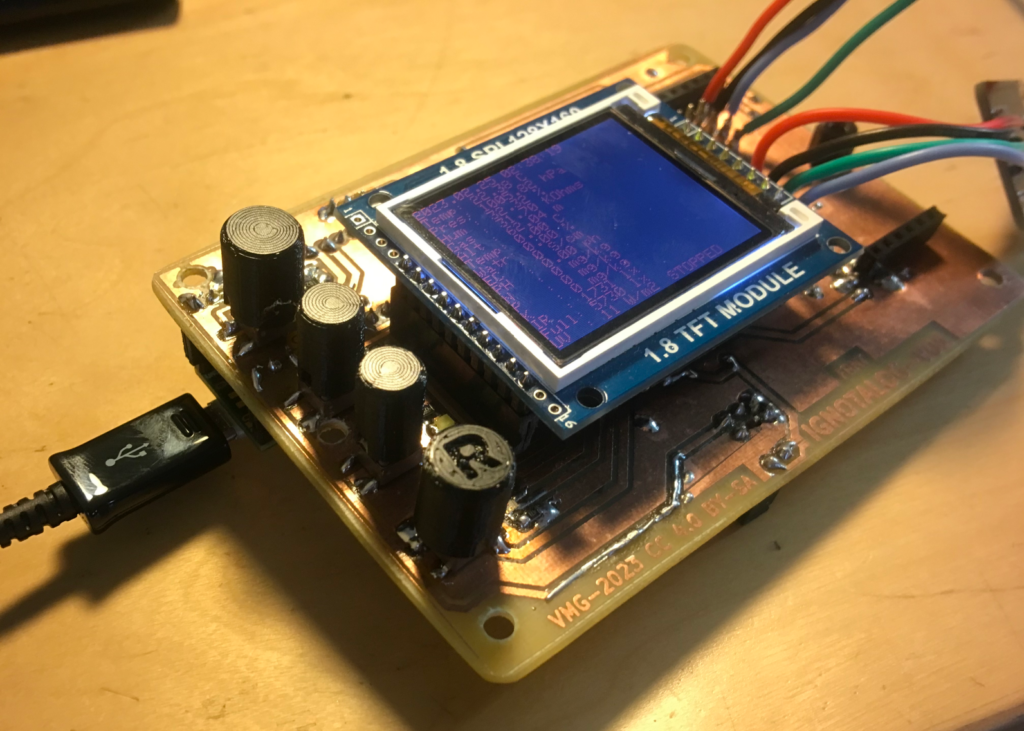
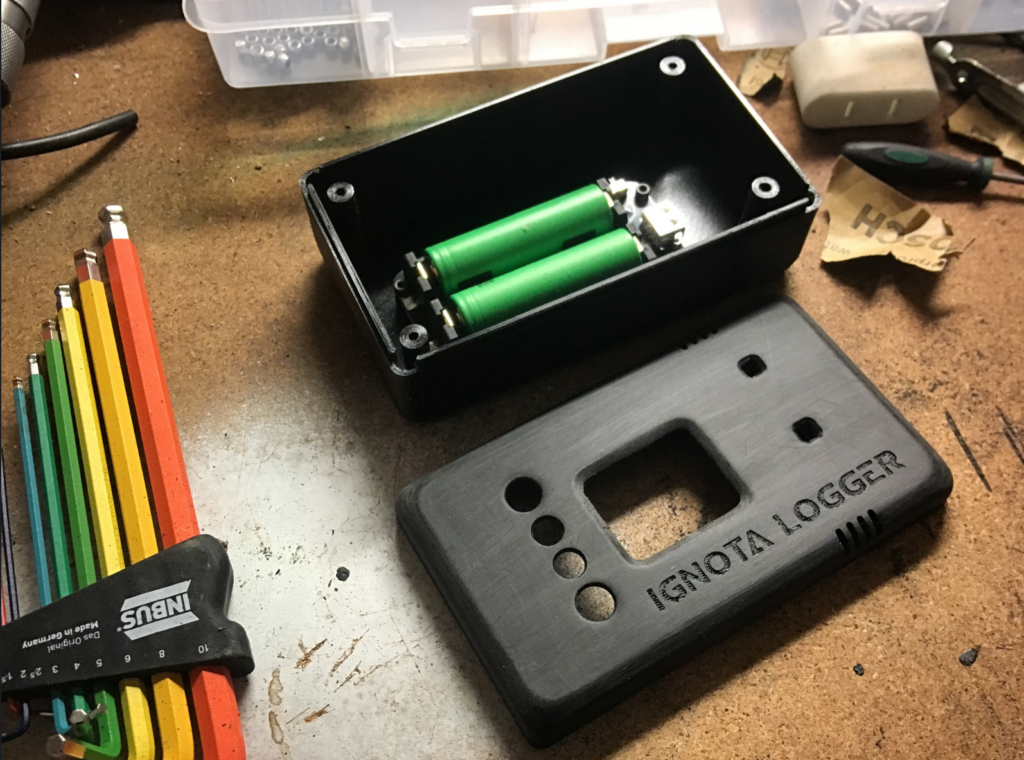
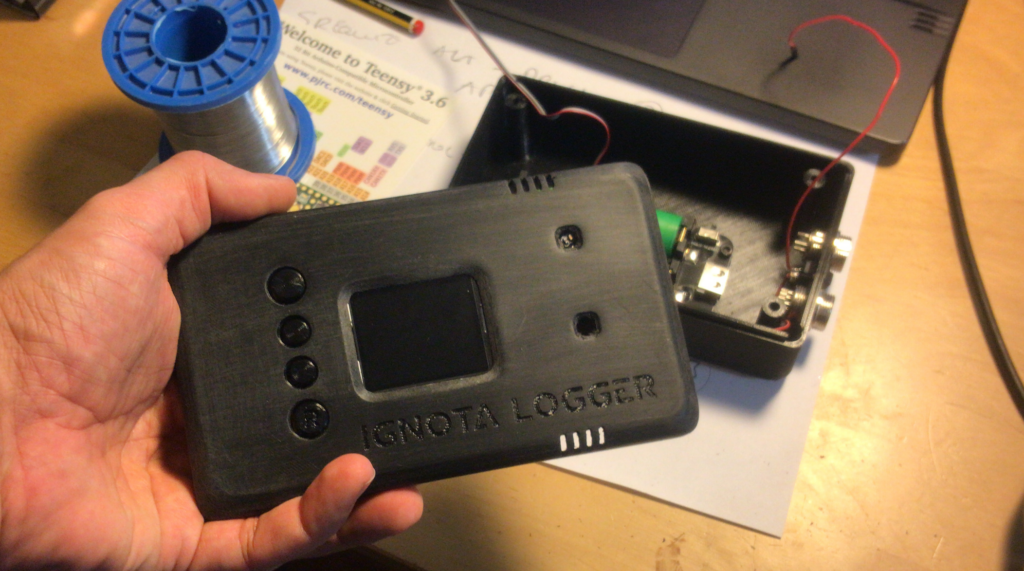
Different sensors and printed circuit boards were prototyped to create the first beta version of the Ignota Logger electronic design.
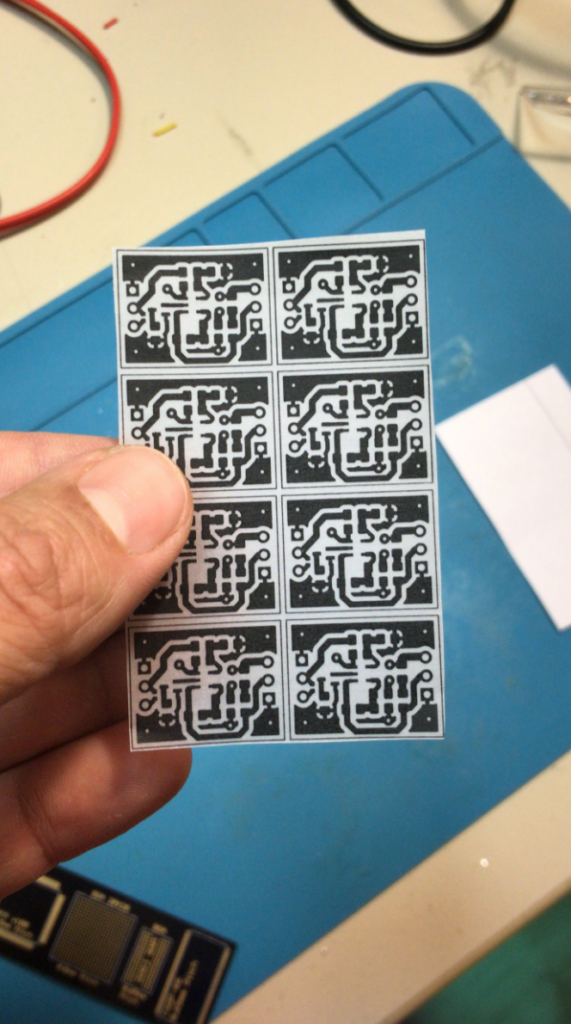
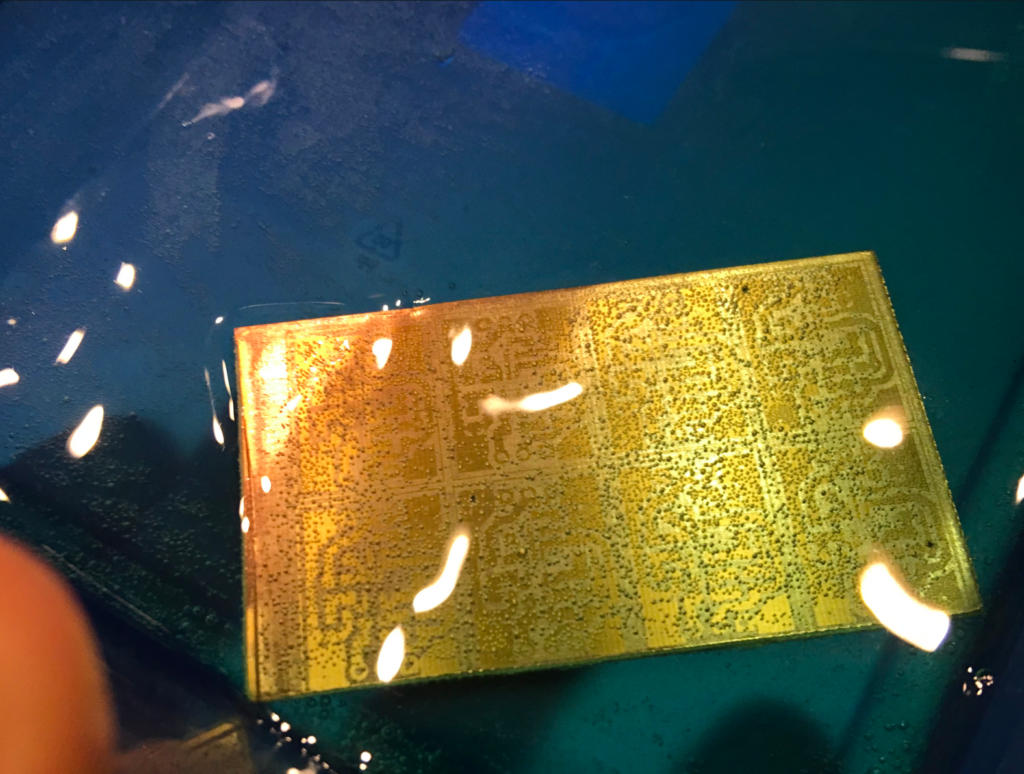
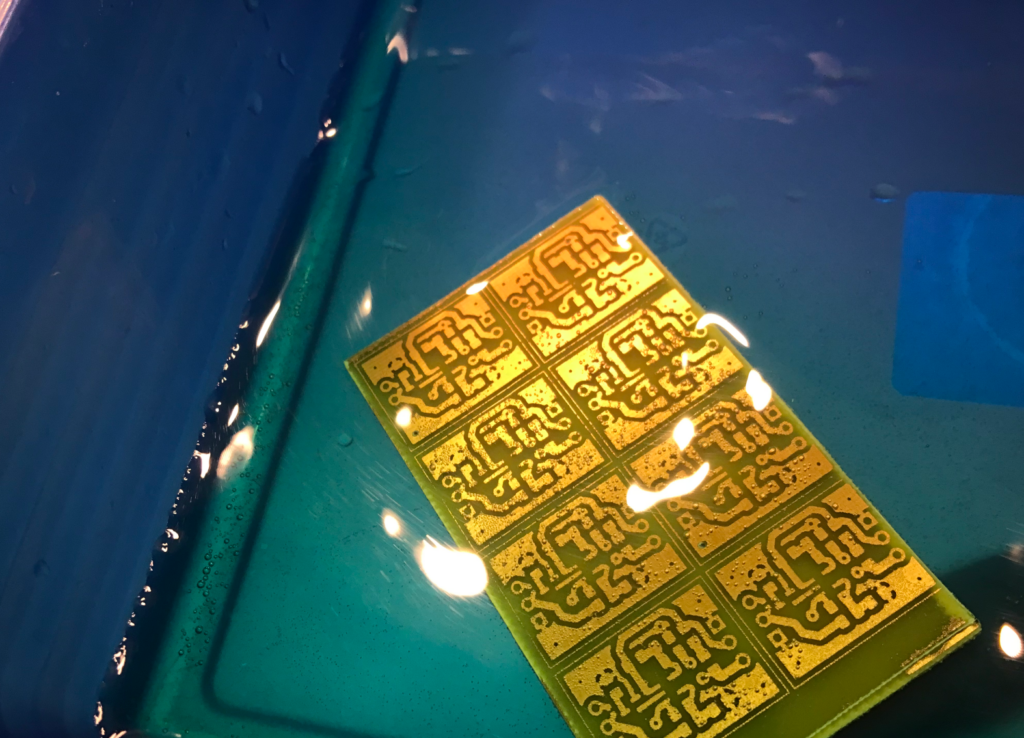
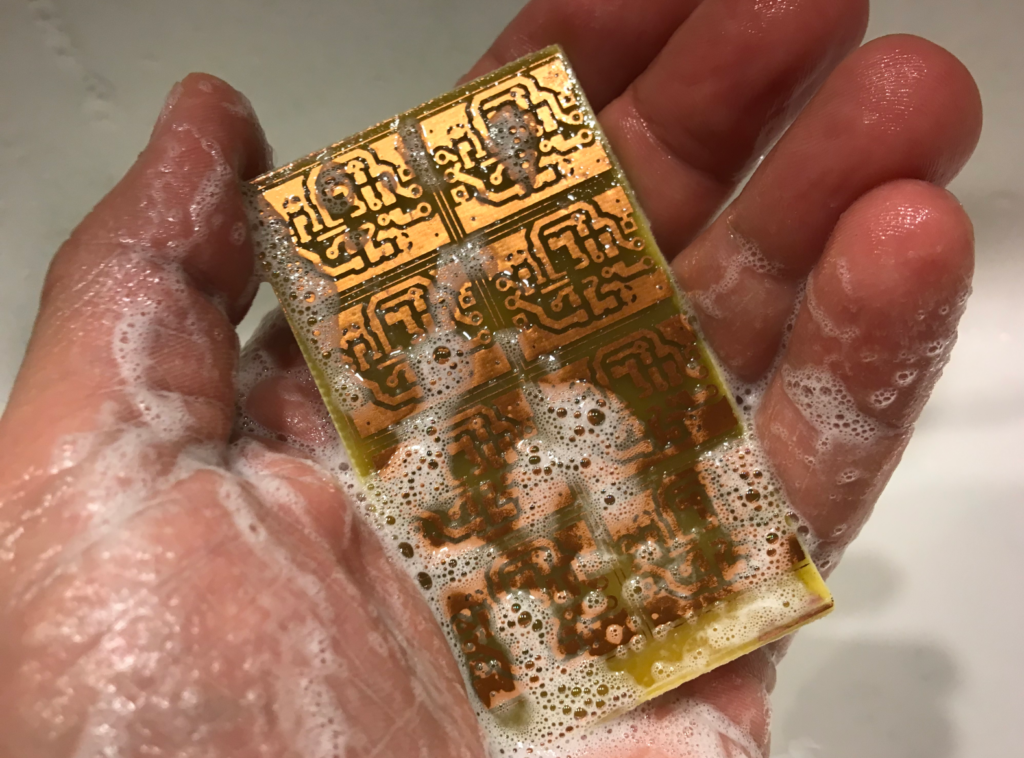
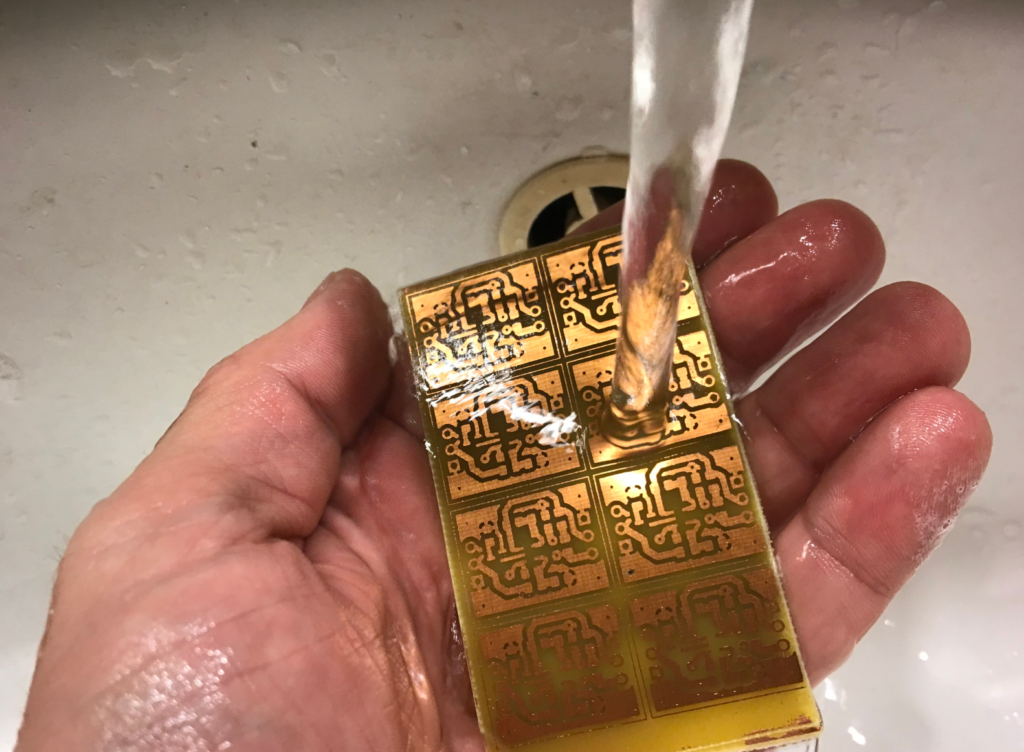
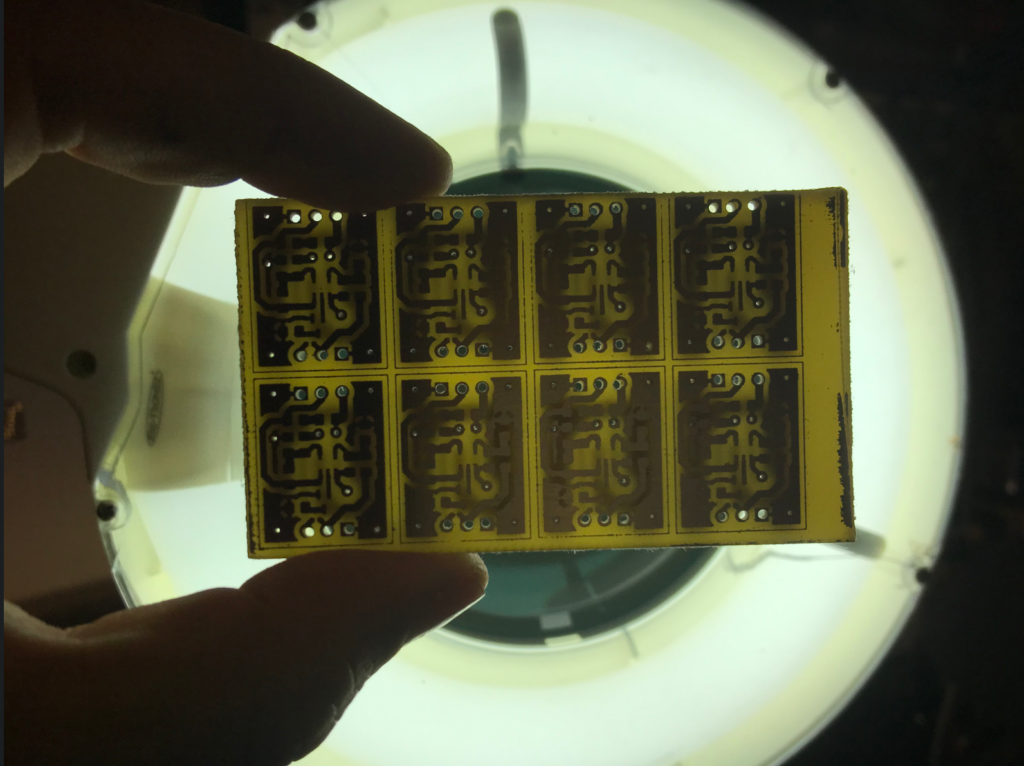
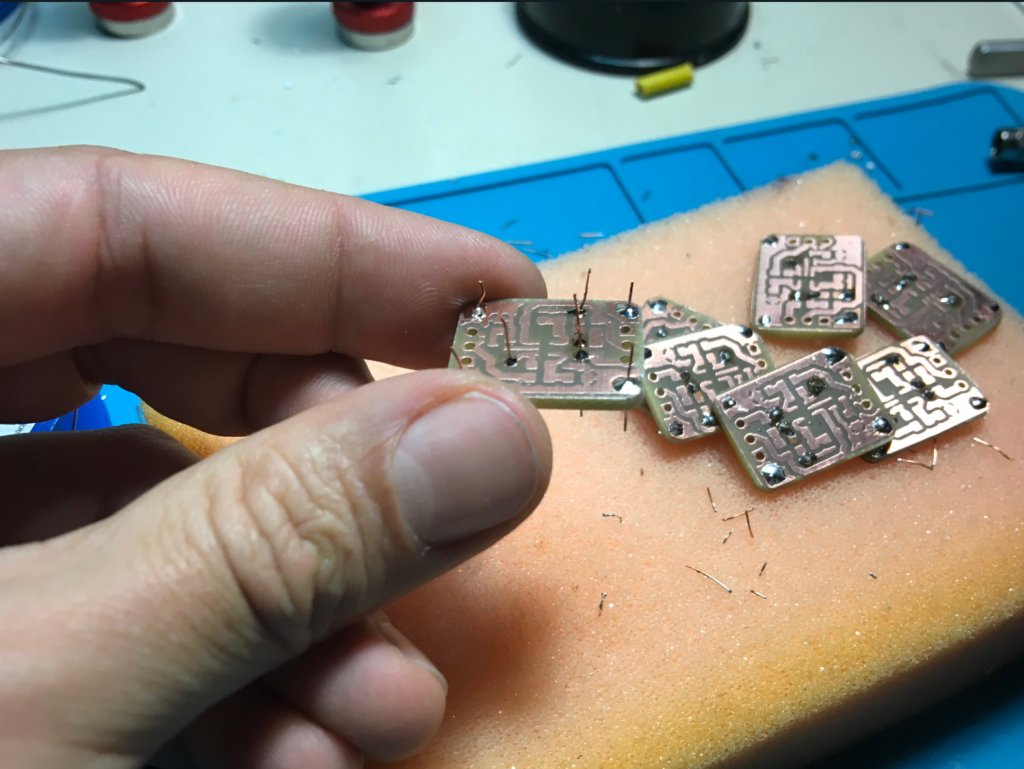
And a set of sound sensors to amplify liminal frequencies like geophones, hidrophones and low noise, balanced and phantom power, high impedance amplifiers where designed to archive the acquisition of infrasonic geogenic sounds.
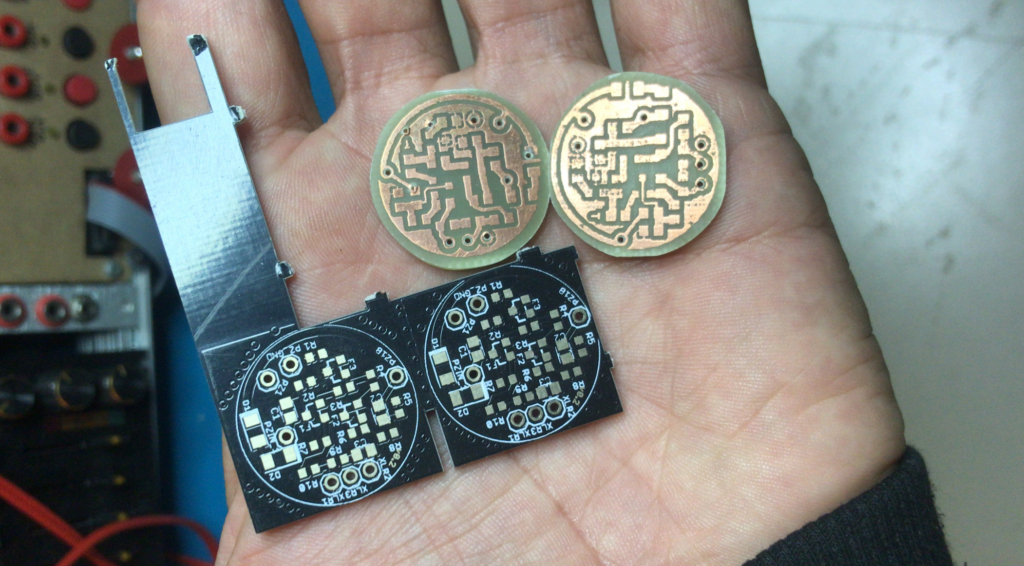
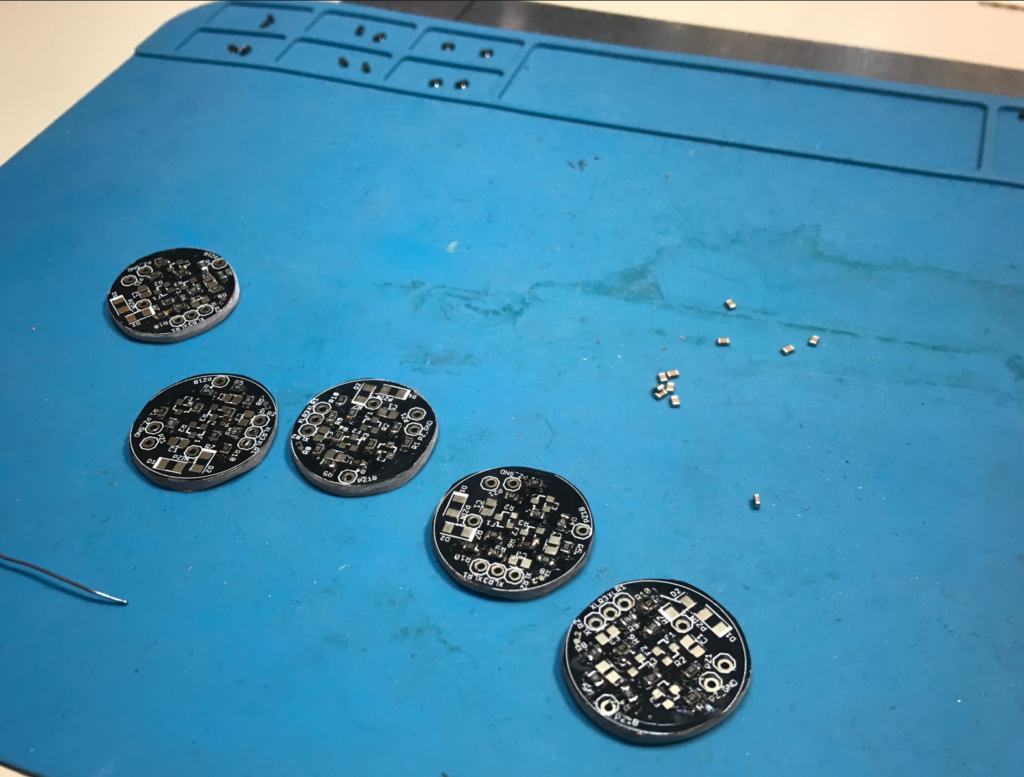
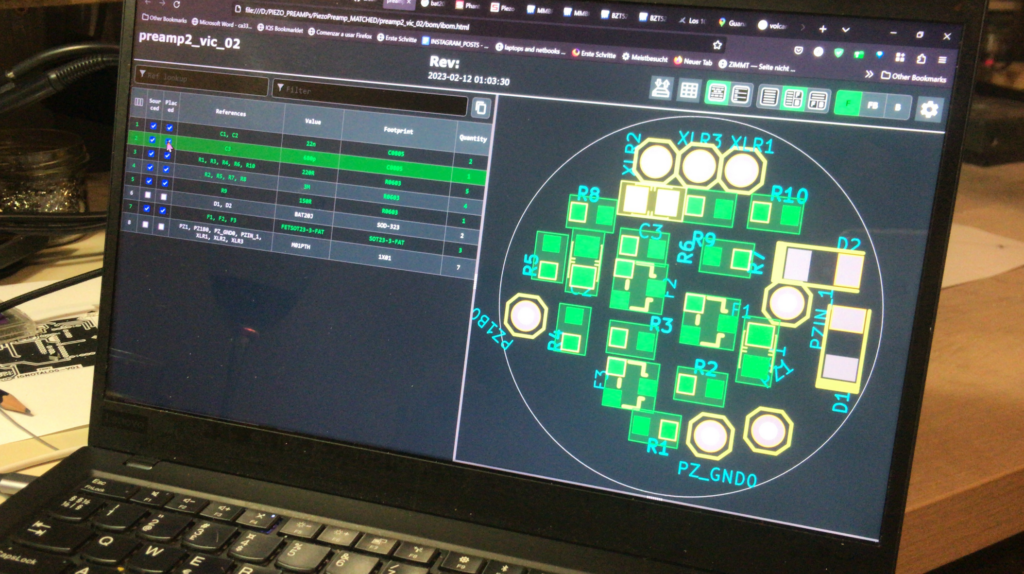

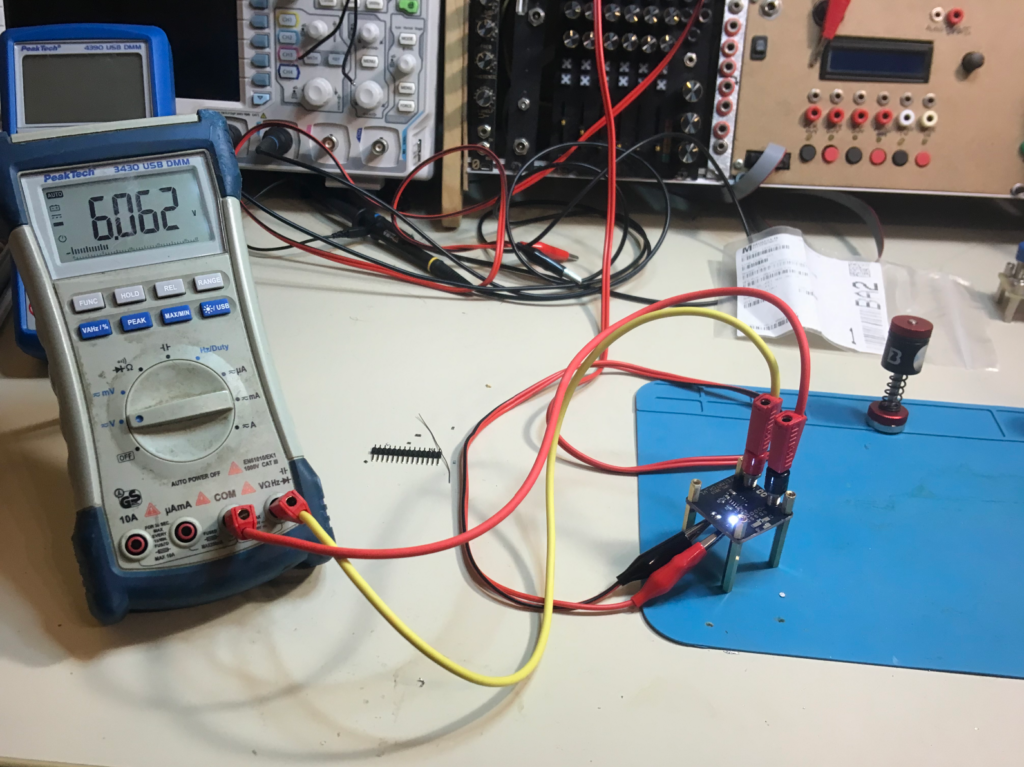
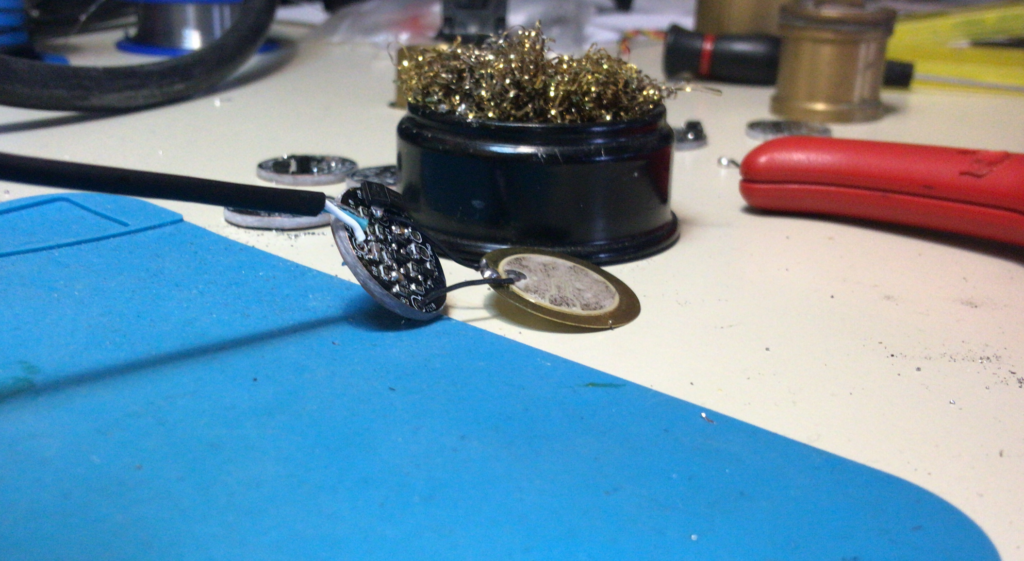
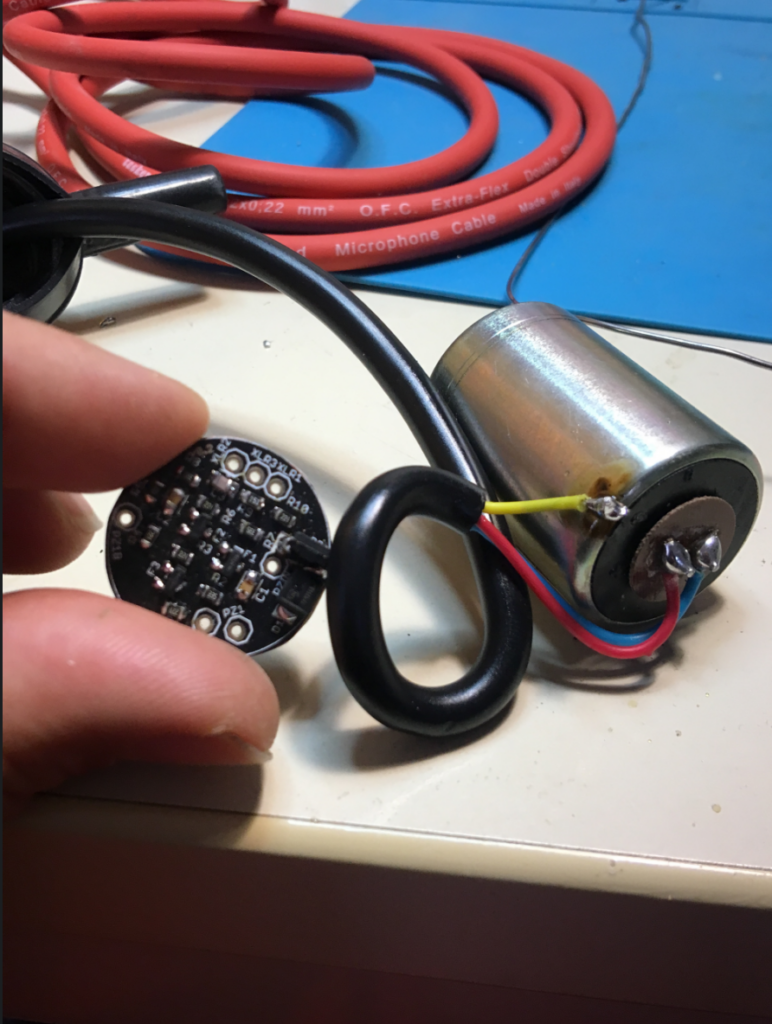
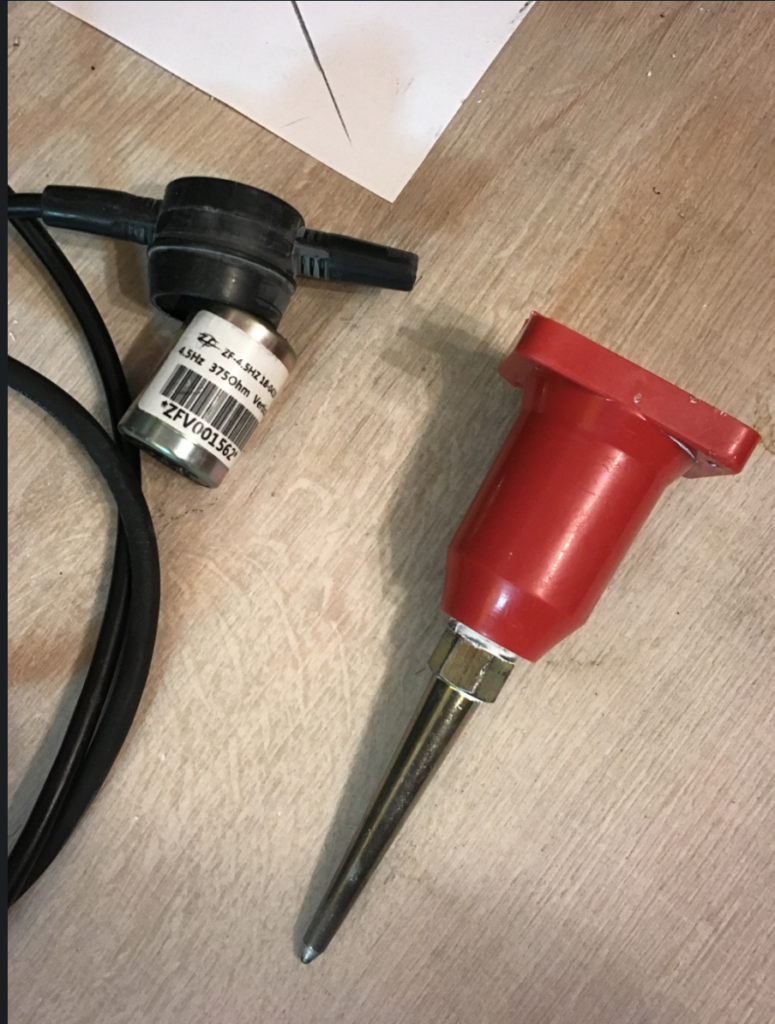
A first composition with the materials recorded during the journey based on the juxtaposition of the geogenic and anthropogenic sounds was conceived to be presented on a radio program of RadioCASo.



Recomened headphones or a low end soundsystem
A journey through the different ecosystems from Punta Arenas to Yendegaia on a 30h boat trip to selected acoustic moments during the 8 day expedition to Bahia Blanca: archaeological sites, rock shelters, fireplaces, glaciers and human made radio networks.
Archaeological Photography
A scaled reference card
Among the archaeological remains left by anthropic activity, there are more than just lithic artefacts. There are also traces left on and under the ground, on the trees, etc. We already knew in advance that any item could not be preserved, removed or taken from the site. The first remains from those ancient activities where the casas hoyo, which its a construction that now looks like a set of holes dug directly into the ground. The casa hoyo is a structure used to preserve from the strong cold winds and humidity from the sea, but also to store food such as grain. Nowadays they have been filled up over time, either by the inhabitants or by erosion.
The work conducted with the archaeologists show us the methodologies and detailed protocol when documenting archaeological remains. A survey or excavation requires as many photos as needed to document the object of study, it is therefore necessary to have a means to identify them after the fieldwork has been completed. The best identification method is to note the name of the site, the name of the structure, and the date of the photograph, as well as the dimensions and orientation used by the photographer.
This conversions led me to the design of a photo scale reference card for indicating the size of a photographed object, plus a variety of colour references and camera calibration. The identification process for on-site photographs proceeds as such:
- Using a letter board: the photographer indicates the location, site name, structure, and date of the photograph
- A photographic reference scale is placed in the frame as well as an orientation arrow pointing North
The photographic reference scale gives an idea of the dimensions of the archaeological find. It is a kind of ruler, used to indicate the relative size of what is being photographed, although measurement scale does not look like that of a conventional ruler and is instead made up of several coloured blocks. The orientation arrow indicates where the camera was positioned in relation to the North
After the arrival to Punta Arenas a photo scale reference card inspired on the ones brought by the two archaeologist, adding some reference colours was produced for all the research team members to be brought to the expedition.
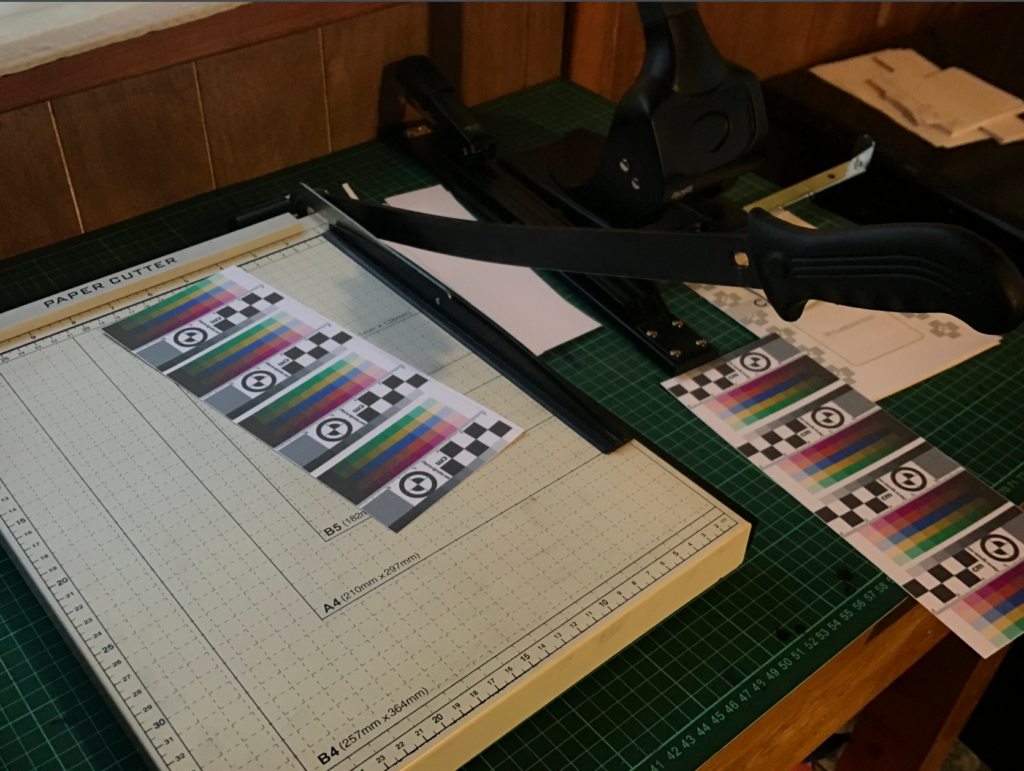
Intercultural contact zone
Origin, story, cultural traces, techniques of reduced invasion
After the return to Leipzig, on the 16th may 2023, we collaborate with Florencia Curci, Claudia Gonzalez, Alfedo Prieto, Cristian Espinoza, Nicolás Spencer, Ivan Flores and Robert Carracedo on a special radio program presenting the different ways to approach a conventional archaeological space with art-based and practice led methodologies and a review of the Ignota Logger tool.
UACh guests: Alfredo Prieto, Robert Carracedo, Claudia Gonzalez, Iván Flores, Víctor Mazón Gardoqui
Guests CASo: Nicolás Spencer, Florencia Curci, Cristian Espinoza
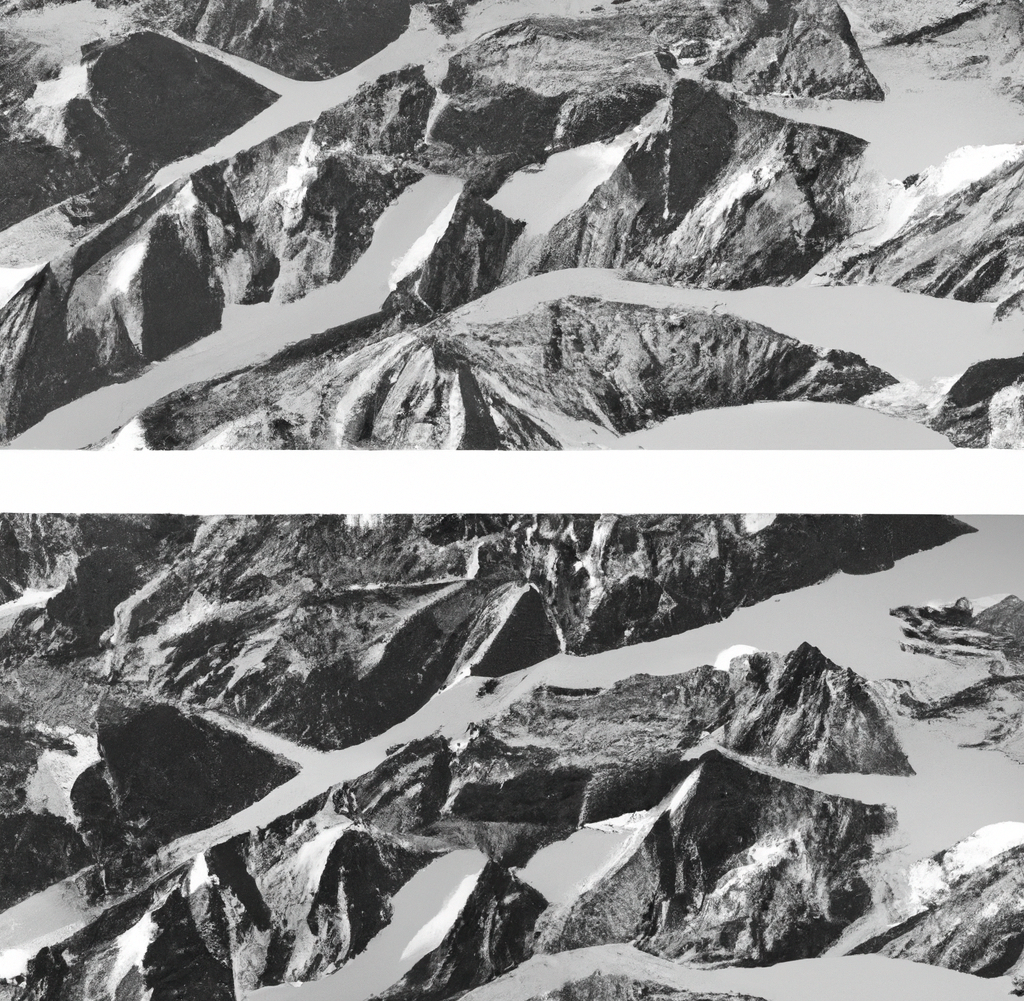
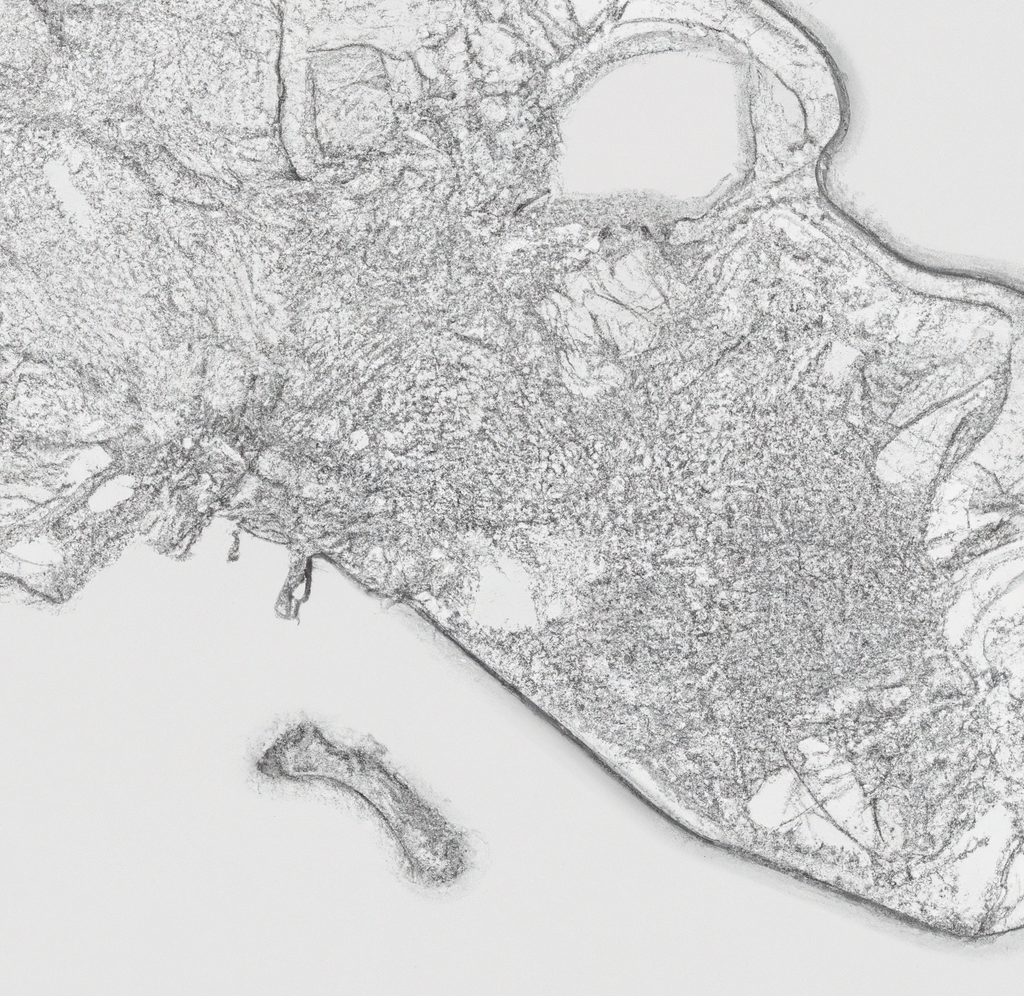
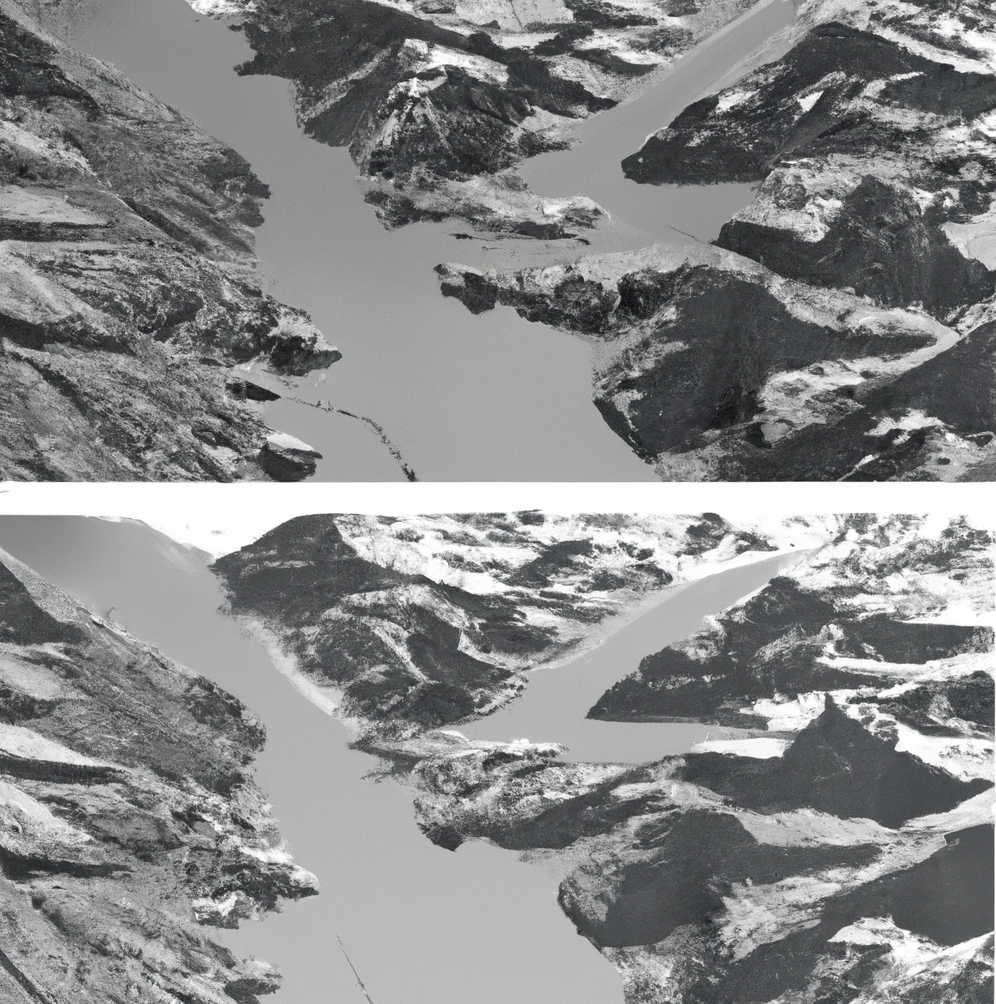
Exercises to visually represent the acoustic signatures during the crossings between Punta Arenas and Bahia Blanca
Thanks
This project could not have been done without the trust, dialogues, sharing knowledge and the great help of friends and colleagues: Nicolás Spencer, Carsten Stabenow, Hannes Waldschütz, Jaime Mora, Alfredo Prieto, Cristian Espinoza, Florencia Curci, Robert Carracedo, Fernanda Fábrega, Gerd Sielfeld, Iván Flores, Claudia Gonzalez, Kerstin Ergenzinger, Hema’ny Molina, Aladino del Carmen Salas, Fernanda Olivares, Raviv Ganchrow, open source hardware forums and internet communities.
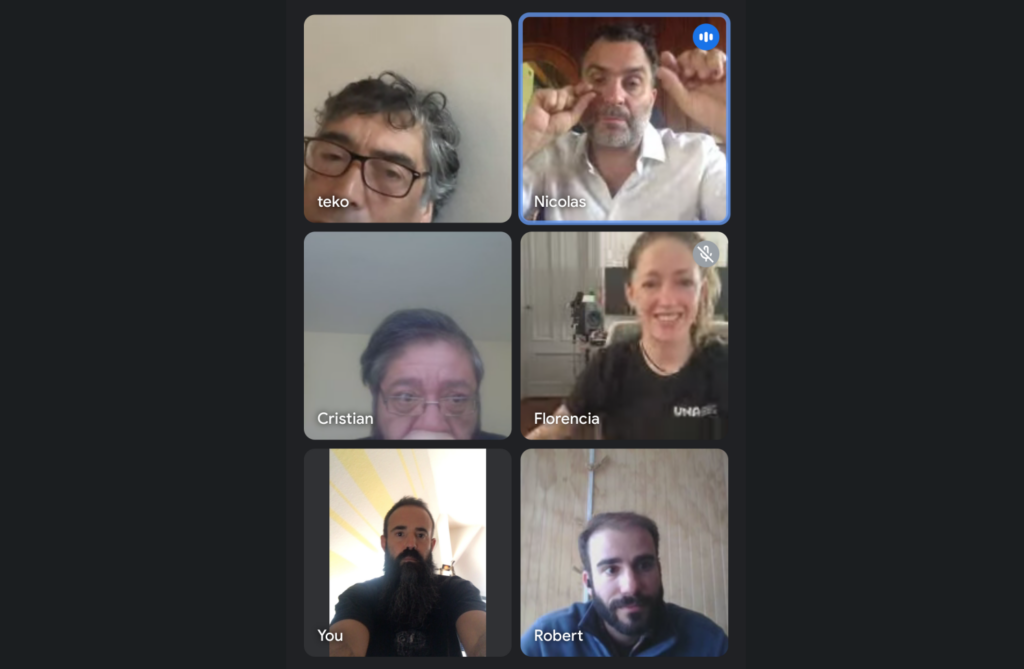
References:
De Vega, Mazón Gardoqui, Silvestrin (2017). L I M E N | Ecologies of Transmission. Mexico City – Berlin. 17/ñ.
Garcés, M. (2017). Nueva ilustración radical. Barcelona, España. Editorial Anagrama.
Goodman, S. (2012). Sonic warfare: Sound, affect, and the ecology of fear. MIT Press.
Graham, S. (2016). Vertical: the city from satellites to bunkers. Brooklyn, NY. Verso Books
Harman, G. (2005). Guerrilla Metaphysics : Phenomenology and the Carpentry of Things. New York, NY : Open Court.
Kim-Cohen, S. (2009). In the blink of an ear: toward a non-cochlear sonic art. London, UK. A&C Black.
Merleau-Ponty, M. (2013). Phenomenology of perception. London, UK. Routledge.
Morton, T,. (2009) Ecology Without Nature : Rethinking Environmental Aesthetics. Cambridge, MA. Harvard University Press.
Trower, S. (2012). Senses of Vibration: A History of the Pleasure and Pain of Sound. London, UK. A&C Black.
Van Winkel, C. (2005). The regime of visibility. Rotterdam, NL. NAi Uitgevers.

